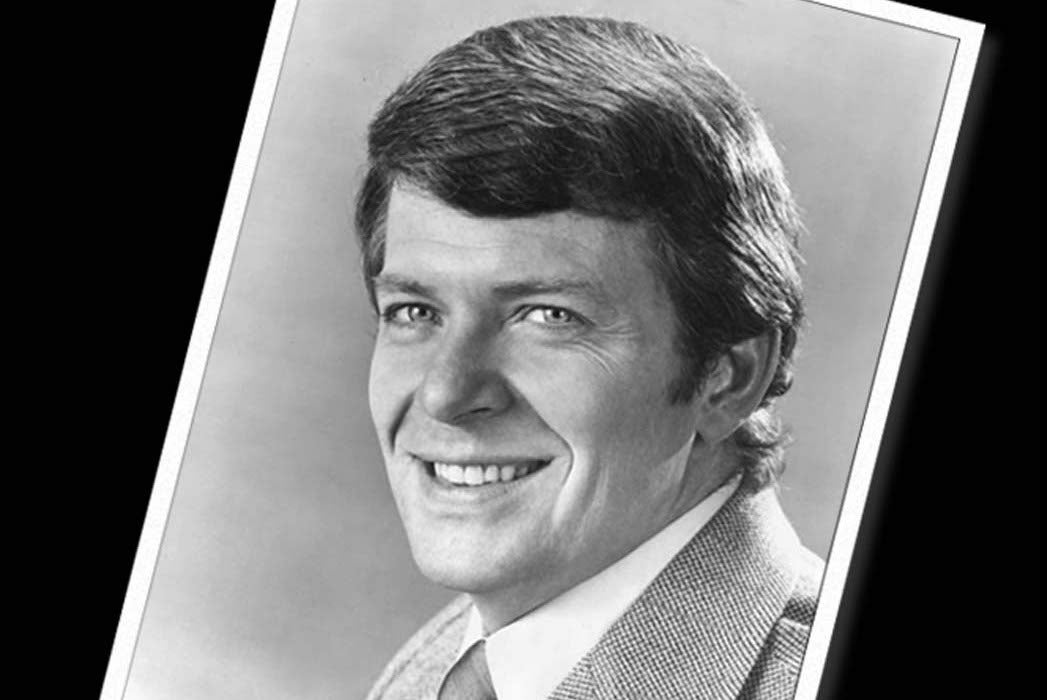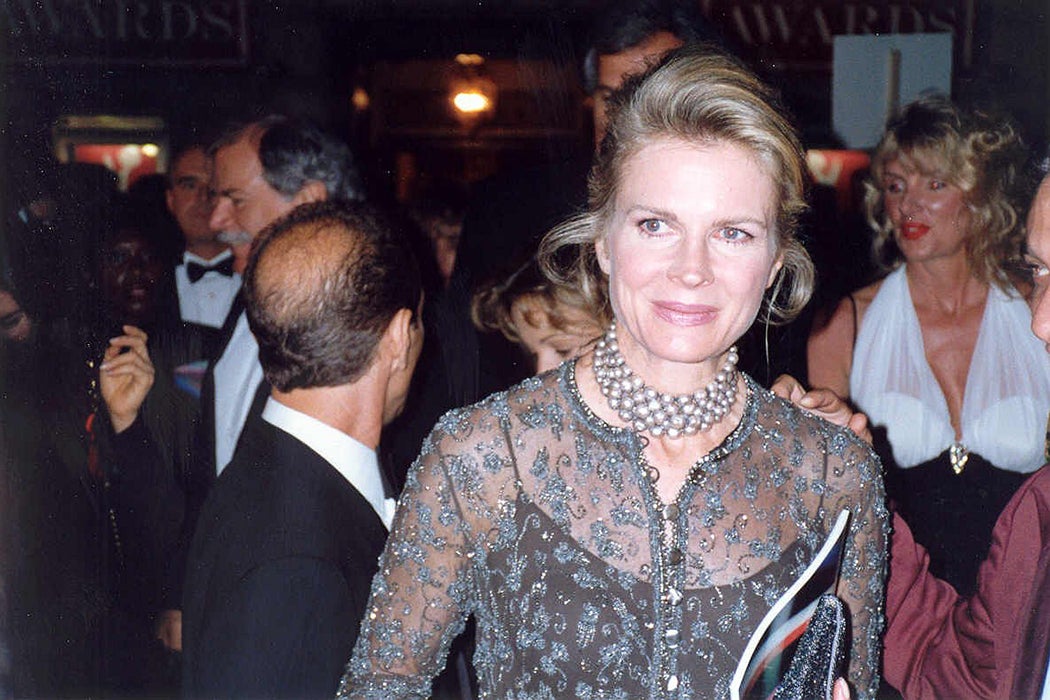There’s nothing more squeaky-clean than The Brady Bunch, right? Moralizing, perky, and endlessly innocent, the sitcom provided light laughter with a side of schmaltz from 1969 to 1974 and for decades afterwards through seemingly infinite reruns. But Queer and Gender Studies scholar Tison Pugh suggests that lurking beneath the shag carpet is plenty of sexual tension—and complicating matters is a queerness produced by the show’s own insistence on innocence.
Pugh examines the show’s “impossible and ultimately queer innocence,” using queer theory to unpack its All-American charm. At the root of his analysis is the concept that the child figure represents adult obsessions. In their innocence, he suggests, the Brady children come to symbolize the avoidance of everything the 1960s and 1970s represented: the sexual revolution, feminism, and other social forces that threatened to overwhelm viewers.
To Pugh, the show “made an impossible promise of sexual innocence to its viewers.” As the country thrashed in the grips of economic, political, and societal uncertainty, The Brady Bunch seemed intent on ignoring it. Unlike other sitcoms, which grappled frankly with issues of sexuality, it looked the other way. Take the pilot, in which Carol and Mike, wracked with guilt over leaving their newly blended family behind, decide to honeymoon with their kids. For Pugh, this desexualized honeymoon represents the show’s determined wholesomeness.
The series lectures and moralizes. It looks pointedly past the Vietnam War, race relations, drug culture, and generational malaise. But Pugh notes that “erotic themes seep through the fissures of otherwise innocent storylines and expose the queer foundations of the family sitcom.” There are fleeting suggestions that Mike has given his boys a birds-and-the-bees talk. Homosexuality is given a brief, if silent, nod in the form of “flamboyant males coded as gay.” Mike and Carol even make it clear that they enjoy one another’s company behind closed doors. But despite the possibility of sexuality, the show insists on an outlandish chasteness, reinforcing gender stereotypes at every turn.
Get Our Newsletter
Pugh points out one of the elephants in the Bradys’ living room: the possible sexual attraction of the biologically-unrelated Brady kids. Though it’s undercut by the continual sibling-like behavior of the children, who barge into one another’s rooms and squabble regularly, Pugh notes that the actors who played the Bradys apparently had crushes on one another. That sexual tension carried over to film, adding “a patina of submerged adolescent eroticism” to the show.
Murphy Brown, Motherhood, and “Family Values”
The entire cast may have been portrayed as asexual, writes Pugh, but of course they weren’t. The show hid a real-life double life, too. Only after he died in 1992 did the world find out that Robert Reed, who played Mike Brady, was gay and HIV-positive.
Ironically, by staying out of step with its era, the show made room for queerness. But it did so by insisting that the real world—one in which raising a blended family can be challenging, wars and social movements happen, and sexuality exists—is the fiction.








